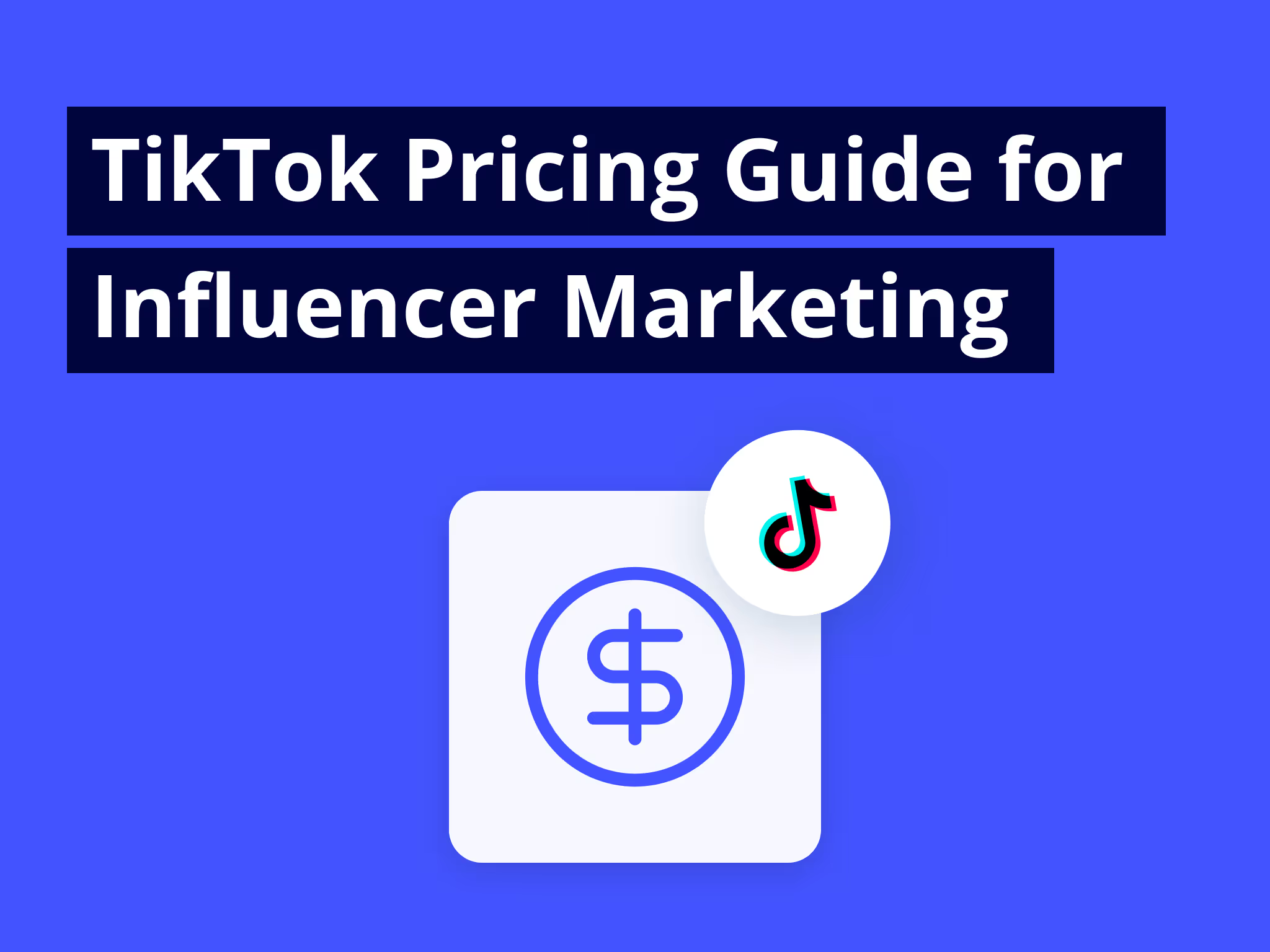Ever bought a product because a friend or relative said it was the best thing ever? Then you know all about the power of word-of-mouth marketing.
And the closest thing to word-of-mouth marketing on social media is user-generated content (UGC).
Known for its authentic content and built-in virality, TikTok is the ideal platform for capturing UGC. Read on to learn why TikTok UGC is so valuable and how to get your hands on more of it, plus how to track and repurpose it.
What is TikTok UGC (and why should you care about it)?
User-generated content is unique, organic, customer-created content that relates to your brand and/or product.
It comes in many “flavors” – including testimonials, reviews, images, and videos – and is often shared on social media by the original creator. Sometimes the brand in question will share it, too (more on that later).
Here’s why TikTok UGC is a strong asset to your brand:
👍 It’s social proof
👍 It’s organic
👍 It comes directly from your customer
👍 It’s direct feedback
👍 It’s word-of-mouth marketing
… so you’ll want to capture as much of it as possible.
📢 PSA: If you’re paying an influencer to create and share “UGC-style” content, that ain’t UGC. It’s just a plain old ad. But if you’re running a no-strings-attached gifting campaign and one of the influencers happens to post about your product, that totally falls under the UGC umbrella.
Since UGC is unprompted by nature, I bet you’re wondering how to tell if an influencer has created any for your brand…
How to find your organic UGC on TikTok
Without even realizing it, you might already have a ton of user-generated content out there, floating around in the wilds of TikTok.
But if you don’t know it exists, you’re not taking full advantage of it.
That’s why the first step to maximizing your TikTok UGC is to find your existing content. Here’s how…
Search for your brand name
One solution is to use TikTok’s built-in search tool to find people using hashtags related to your brand.
For instance, if you worked for Sephora, you might use hashtags like:
👉 #sephora
👉 #sephorahaul
👉 #sephoracollection
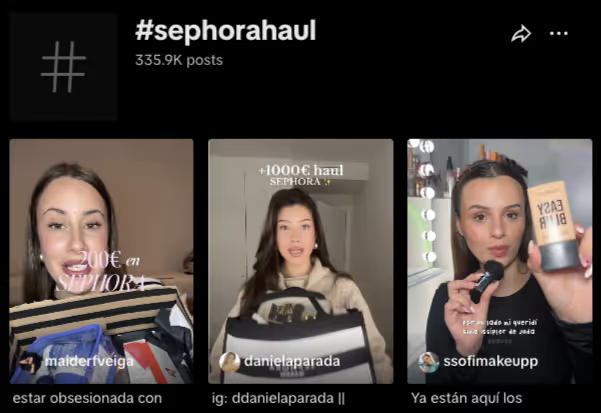
Or you can just type your brand name + TikTok into Google and see what comes up:
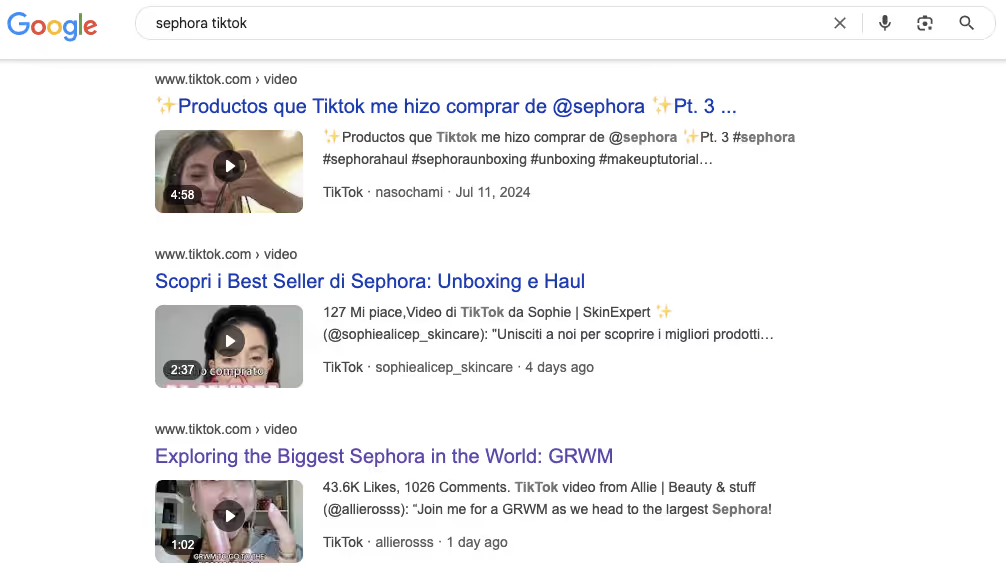
Sure, you’ll have to wade through a ton of your own content, but chances are some of it will be UGC.
🤓 Pro tip: Don’t forget to look out for common misspellings of your brand name because not everyone has your razor-sharp eye for detail. Every so often, check through the common misspellings of your brand in hashtags, in TikTok or Google search, etc.
Check socials for your best customers
Did you know that, on average, just 5% of an ecommerce store’s customers contribute 35% of revenue?
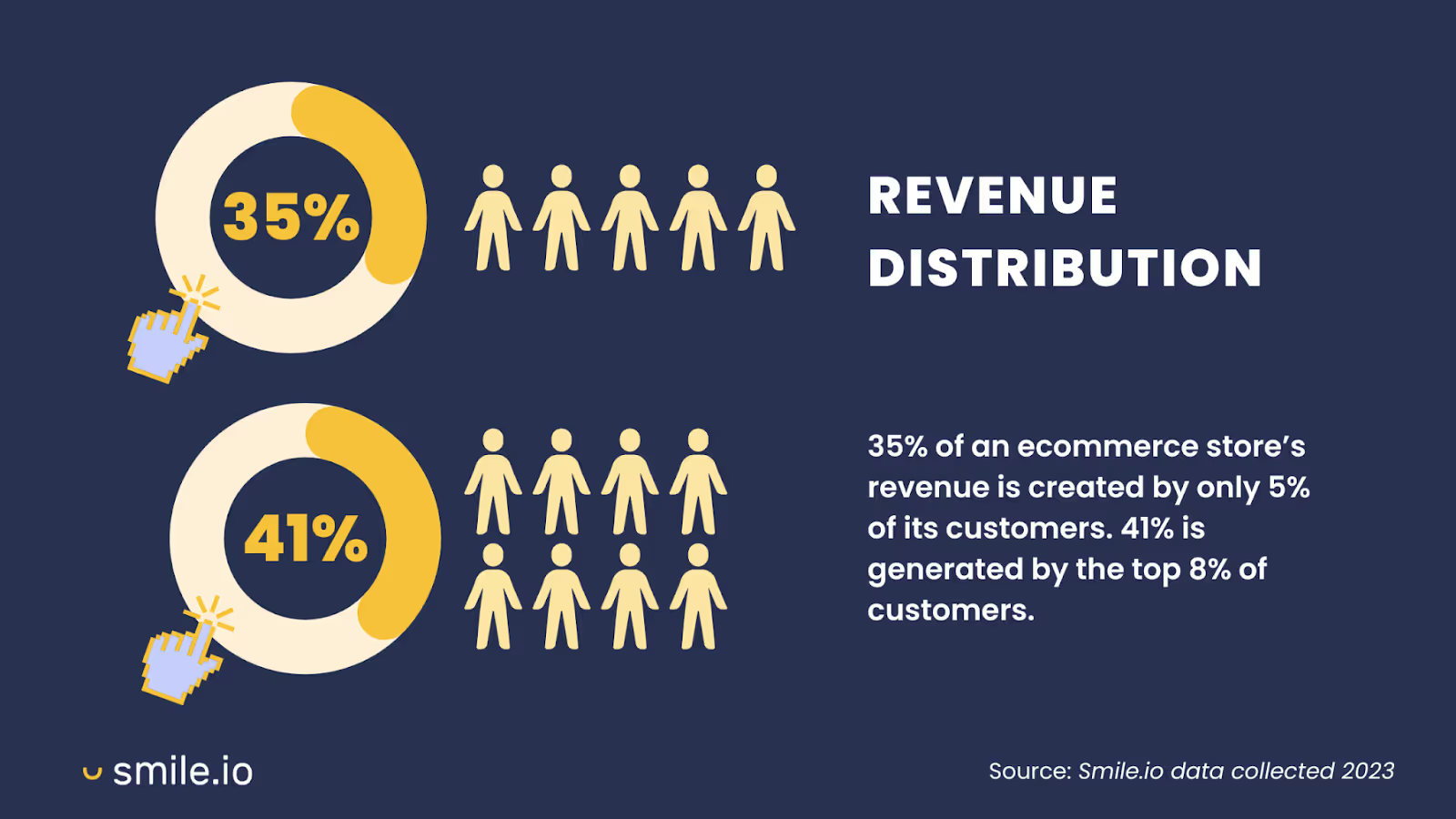
Loyal customers don’t just spend more – they’re also more likely to recommend you to their loved ones and say nice things about you on social media.
As such, they’re a potentially invaluable source of UGC.
So it makes sense to check out your top customers’ TikTok accounts to see if (and what) they’re saying about you online.
With a bit of luck, some of those high-spenders will also have large followings. Speaking of which…
Find influential followers
Your existing followers are presumably at least somewhat interested in your brand.
Some might even be interested enough to create UGC about your products.
Of course, you don’t want to trawl through every post from every single one of your followers in order to find those accounts that are ripe for UGC. Instead, use Modash to look for your most influential fans – that is, the ones with lots of TikTok followers and high engagement rates.

Then you can browse their TikToks to find mentions of your products – and voilà, UGC!
If you don’t find any user-generated content, don’t fret: you’ve still identified potential brand ambassadors. Now you can send them free products in the hope they’ll post about them 🤞
Check it out by trying Modash for free.
How to drive more TikTok UGC
Once you’ve started sending gifted products to the accounts you’ve marked, with a bit of luck, you’ll already be generating a ton of UGC on TikTok.
But there’s no such thing as too much user-generated content, so here’s how to get more…
Ask your customers after a purchase
Even if a customer loves your brand and product, it’s worth giving them a gentle nudge to encourage them to post about you.
After all, the squeaky wheel gets the grease!
The best time to squeak is right after your customer has made a purchase, when your product feels fresh and exciting.
For instance, perfume brand Dialect Fragrances adds a message to its product packaging urging customers to “tag us using #dialectfragrances”:
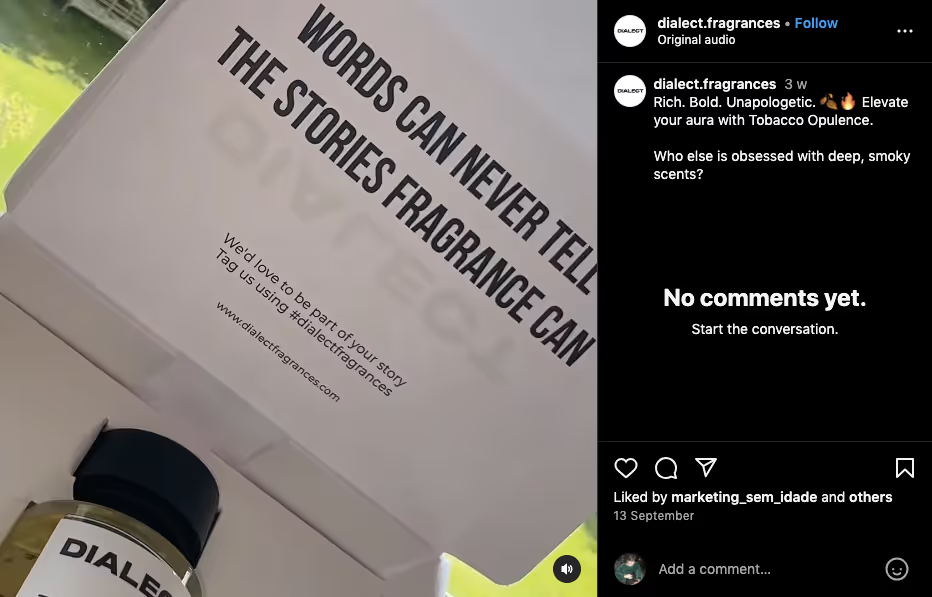
In addition to Dialect Fragrance’s approach, here are three other methods you can try:
👉 Add a separate card featuring your TikTok handle and brand hashtag to your packaging. You can even write something like: “We might feature your content!”
👉 Mention the prospect of sharing UGC on your order confirmation page. “If you love your order, talk about it on TikTok! We want to know what you think.”
👉 Share an incentive for creating UGC. For example, you might offer customers a discount on their next purchase in exchange for their honest review on TikTok.
Combine it with a challenge or contest
From lip-syncing to face waxing to Cha Cha Slide-ing, audiences on TikTok love a challenge.
So starting your own can be an excellent way to farm UGC.
For example, GoPro runs a monthly video competition that encourages customers to share the best clips they’ve created around specific themes, like skiing and snowboarding.
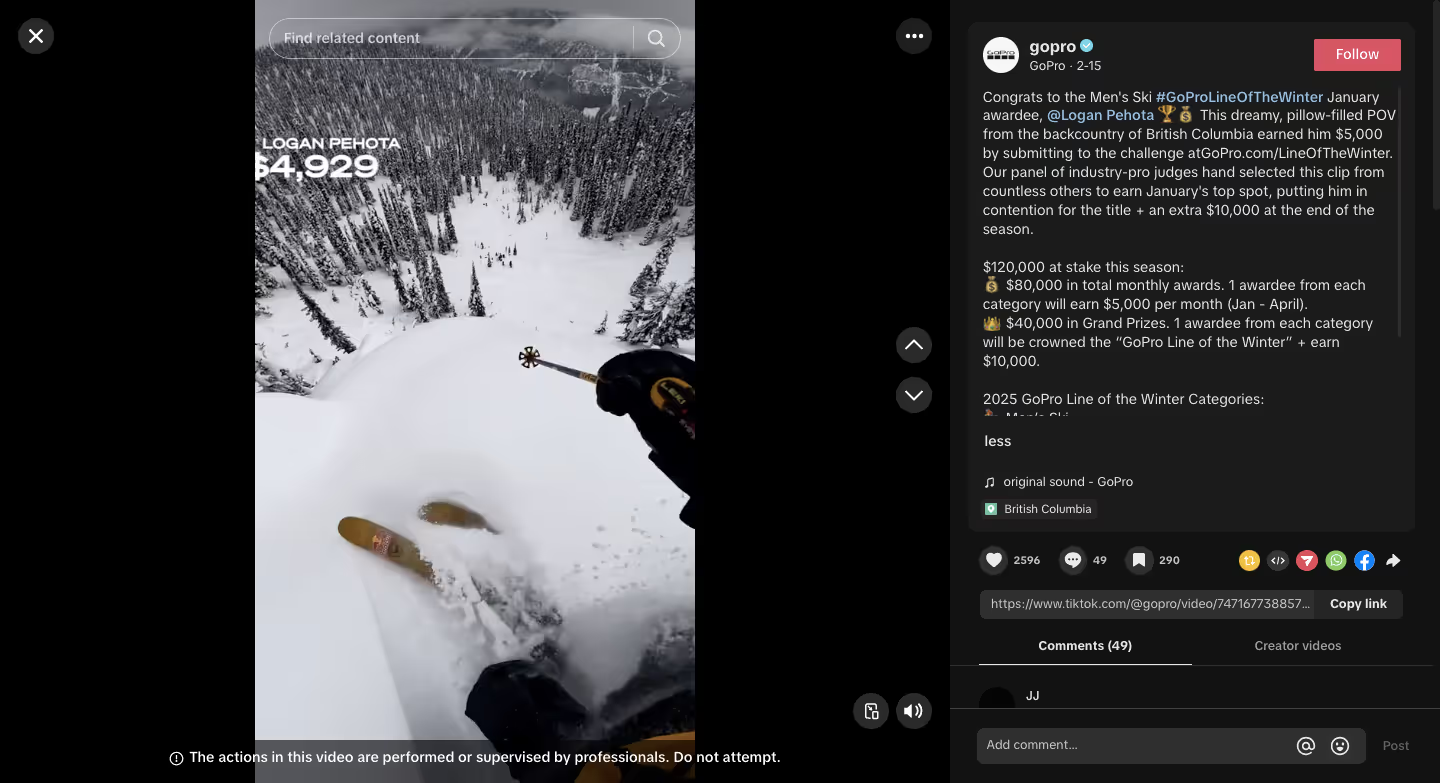
Of course, all the content is filmed on GoPro devices, making it fantastic advertising for the brand’s action cameras.
Run a gifting campaign
Remember – no-strings influencer gifting campaigns are still a form of user-generated content.
Realistically, some influencers just won’t be interested in posting about gifted products.
So your best bet is to target smaller, niche influencers with active followings. Sure, they might not have Kardashian-grade reach, but they’re far more likely to play ball – and their followers are more likely to take action (AKA buy your product).
For instance, skincare brand Image ADS gifted their product to Sarah Ó Tuama, a TikToker with ~6,800 followers:
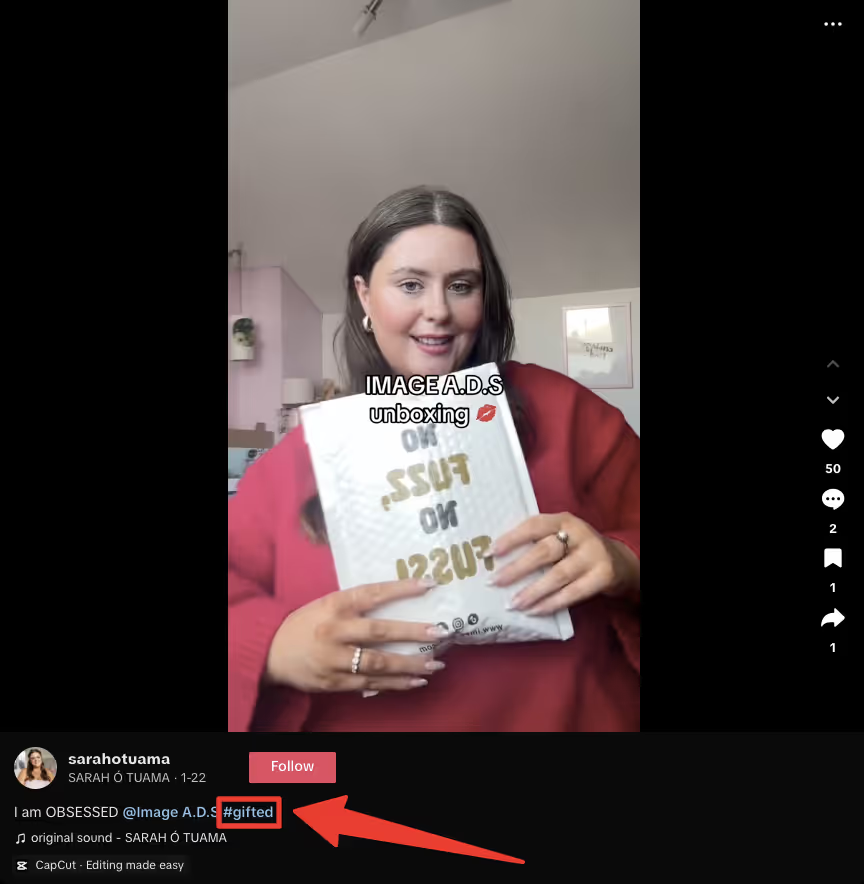
That TikTok has 500 views, so we’re not talking huge numbers here – but all it cost the brand was the price of a dermaplaning tool and some serum.
If just one of those viewers went on to buy the products in the video, Image ADS has already made their money back.
🤓 Further reading: How To Do Influencer Gifting: A Complete Guide
How to track UGC
How do you know if your TikTok UGC efforts are paying off? Simple: start tracking the results.
Practically speaking, there are two main ways to track UGC on TikTok:
👉 Use branded hashtags
👉 Use influencer content tracking software like Modash
Let’s take a deeper look at those two methods:
1. Use branded hashtags
Branded hashtags are a great way to increase brand awareness, and they can also help you track all the content and discussion around your brand in one place.
Simply by searching the hashtag on any social media platform, you can see the associated content posted by your audience — images, videos, tweets, TikToks, and Reels.
Hello Fresh, a meal kit company, invests big-time in influencer marketing and product seeding. The brand encourages its customers to post content on social media with the hashtag #HelloFreshPics. With 268,359 posts, you can see all the content related to the brand, how customers are using the meal kits, and their reviews and testimonials.

Tracking branded hashtags gives you a baseline for the kind of content your audience is creating, how they’re engaging with your brand, and how you can interact with them more meaningfully.
2. Use software to track UGC
An influencer monitoring tool like Modash tracks all the content produced by your customers based on your designated hashtags, mentions, and tags.
All you need to do is get a list of all the UGC creators you’re working with and tell Modash your branded hashtag. It’ll automatically collect every post from those creators (even Stories!) that uses your hashtag, and put it all in one place for monitoring, reporting, and repurposing.
Here’s how it looks in Modash:

How to repurpose UGC
All UGC is valuable. But it becomes even more valuable when you repurpose it.
First things first…
⚠️ Disclaimer: You need permission to reuse UGC, even from non-influencers. Seriously, don’t even think about using it without the creator’s say-so. The good news is that people are generally happy to be featured – after all, they liked your product enough to make content about it in the first place.
Okay, now we’ve got that out of the way, let’s explore four methods for repurposing TikTok UGC.
Repost on social media channels
One of the easiest ways to get more value out of your existing UGC is by posting it to your accounts on other social media platforms. Here are a few ways to repurpose UGC on social media:
- TikToks as Instagram Reels
- Instagram posts on Facebook
- Tweet as an Instagram post
- Instagram content on Pinterest
There are multiple variations of the above, depending on how many social media platforms your brand has a presence on. Just remember to edit and optimize the source content for the target platform. Content created for Instagram might not work for Pinterest as-is, and vice versa.
Here are two things to take care of when repurposing UGC:
- Review image/video size based on the platform’s ideal size.
- Rewrite your captions and edit your @tags and hashtags wherever necessary.
To show you how this works, Peach and Lily repurposed the following TikTok by creator Jordyn Wood and added it as an Instagram Reel after a few edits.
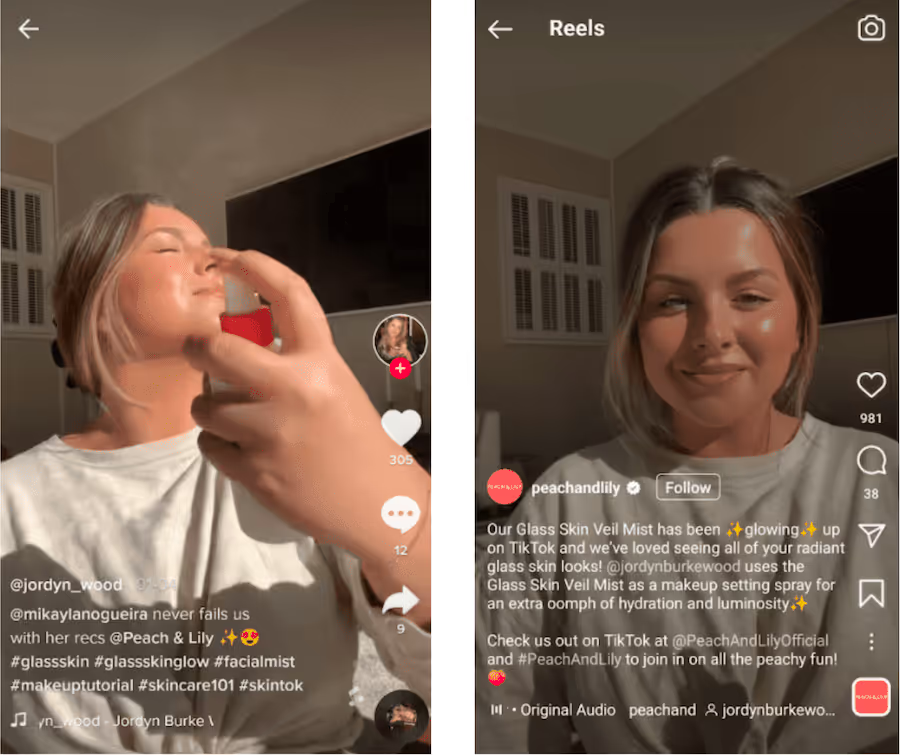
Use UGC in Spark Ads
Online shoppers convert at a 102.4% higher rate when they interact with user-generated content in some way 🤯
So why not get your UGC in front of as many people as possible by using it in ad campaigns?
TikTok introduced the perfect way to run ads on user-generated content through Spark Ads (the platform’s version of influencer whitelisting on Facebook and Instagram). Spark Ads allow brands to create ads from organic TikToks while maintaining the native feel and functionality of organic posts. A Sparked Ad increases your content performance, puts your brand in front of your target audience, and converts your TikToks into sales.
Through Spark Ads, you can add a CTA to the original post, leading to your chosen landing page or a TikTok Instant Page (a lead generation form).
You can run Spark Ads on the brand account or on a creator account. Look at JVN Hair, a brand by Queer Eye’s Jonathan Van Ness. To Spark a TikTok, the brand often uses JVN’s account rather than their own.

🤓 Pro tip: To decide which posts to Spark, select from your top-performing content. These posts are more likely to be successful in paid campaigns because they’re already resonating with your audience.
Apart from Spark Ads, you can repurpose UGC as ads on other social media channels. Weekday, a clothing brand, uses UGC in its Instagram ad that shows products on real people instead of branded images or a professional photoshoot.
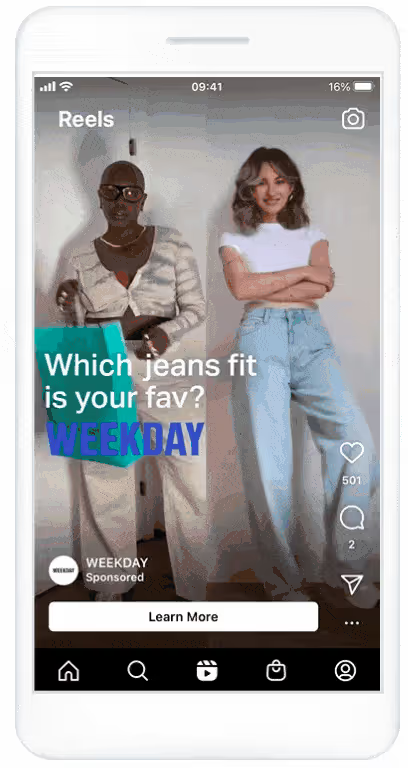
And you can repurpose it even more when you add email into the mix…
Add UGC to your marketing emails
Given that 82% of consumers would be more likely to purchase from a brand that incorporates user-generated content into its marketing initiatives, it makes sense to share TikTok UGC through multiple channels.
And one of the most effective channels is email marketing, which sees an average return of $36 for every $1 invested.
Vieve, a makeup brand, does a brilliant job incorporating UGC into its emails. Not only does the email highlight the creator behind the content, but it also includes the products used, inspiring subscribers to take immediate action and buy those products.
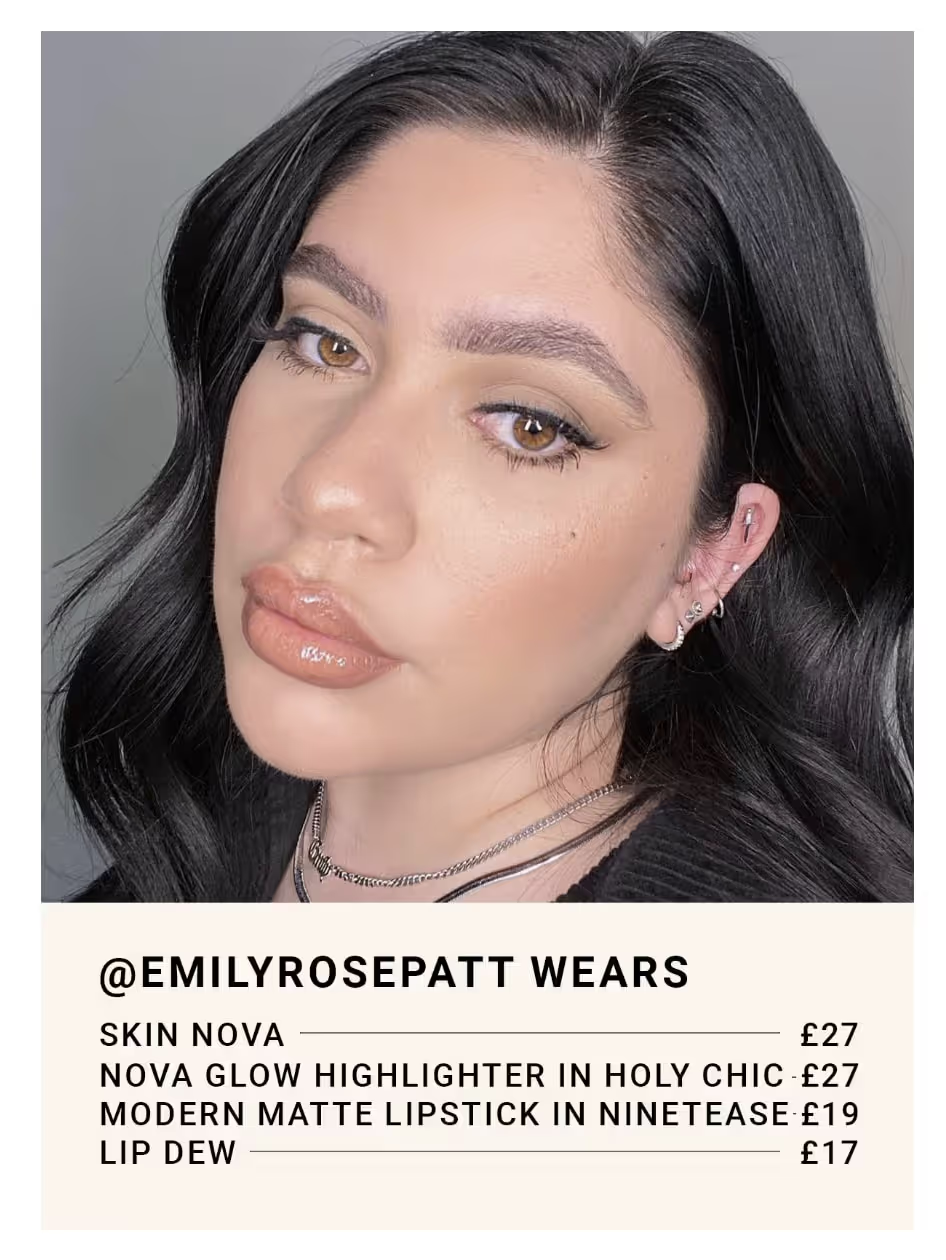
Show UGC on product pages
Lastly, product pages are an excellent place to show off your user-generated content.
Visitors want to see how your product looks on real people, how they use it, and what they think about it. After all, 72% of consumers believe that reviews and testimonials submitted by customers are more credible than brands talking about their own products.
Crate&Barrel, a furniture and home decor business, showcases user-generated content on their product page along with the creators’ usernames.
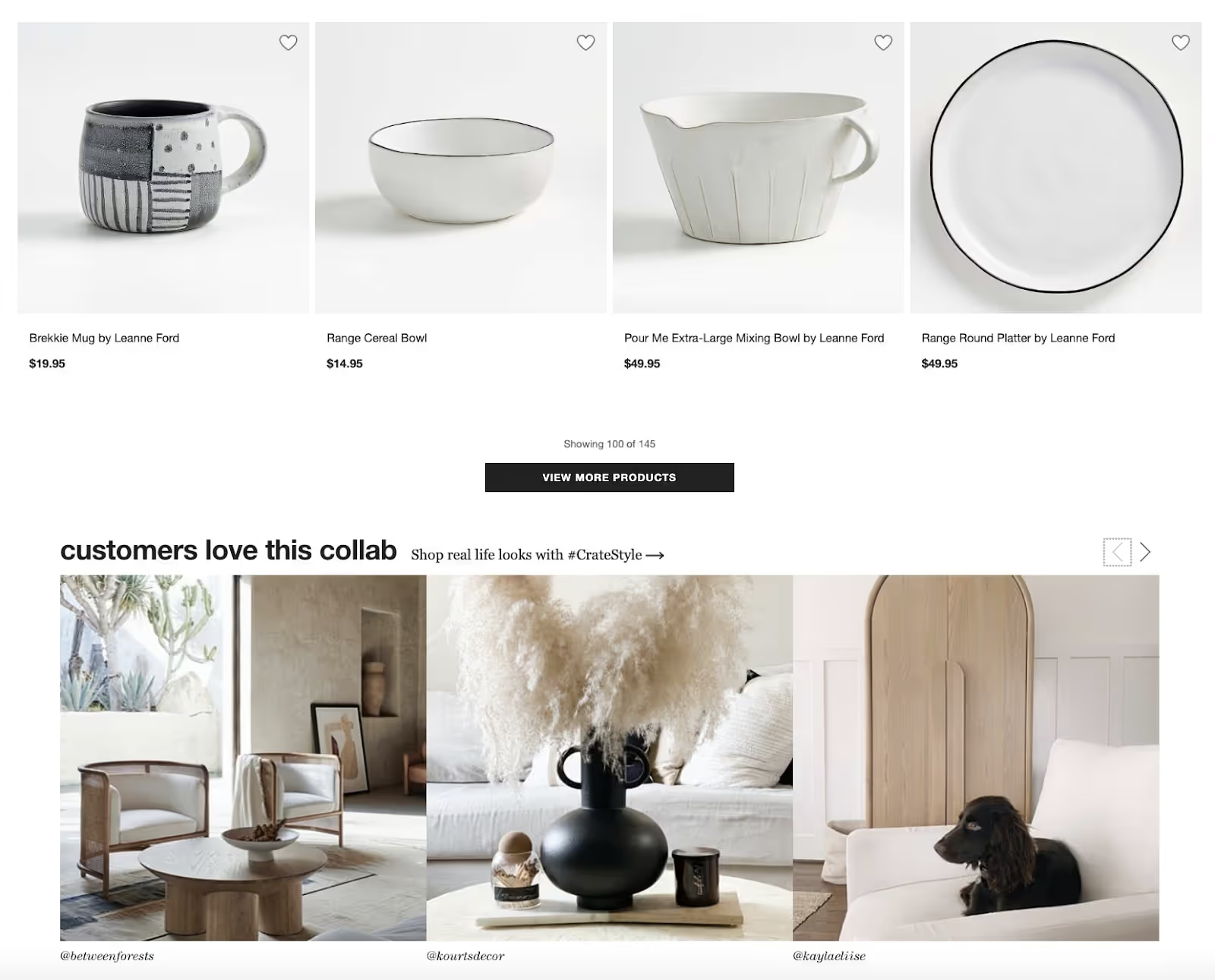
Converse, a footwear brand, goes beyond that and shows user-generated content on every product page. The brand features “Looks from the Converse Community” to show how you can style the same pair of shoes multiple ways.

Tap into the power of UGC on TikTok
To get the most mileage out of user-generated content, find creative ways to invite your customers to post about your brand, and then repurpose it across all your marketing channels. Experiment, analyze, and optimize!
Want the easy button for your UGC? Discover creators through Modash’s 117M+ database of TikTok creators, add filters to refine your search, and analyze their profiles to find the right fit for your brand aesthetic.
Sign up for your 14-day free trial today!


.avif)
